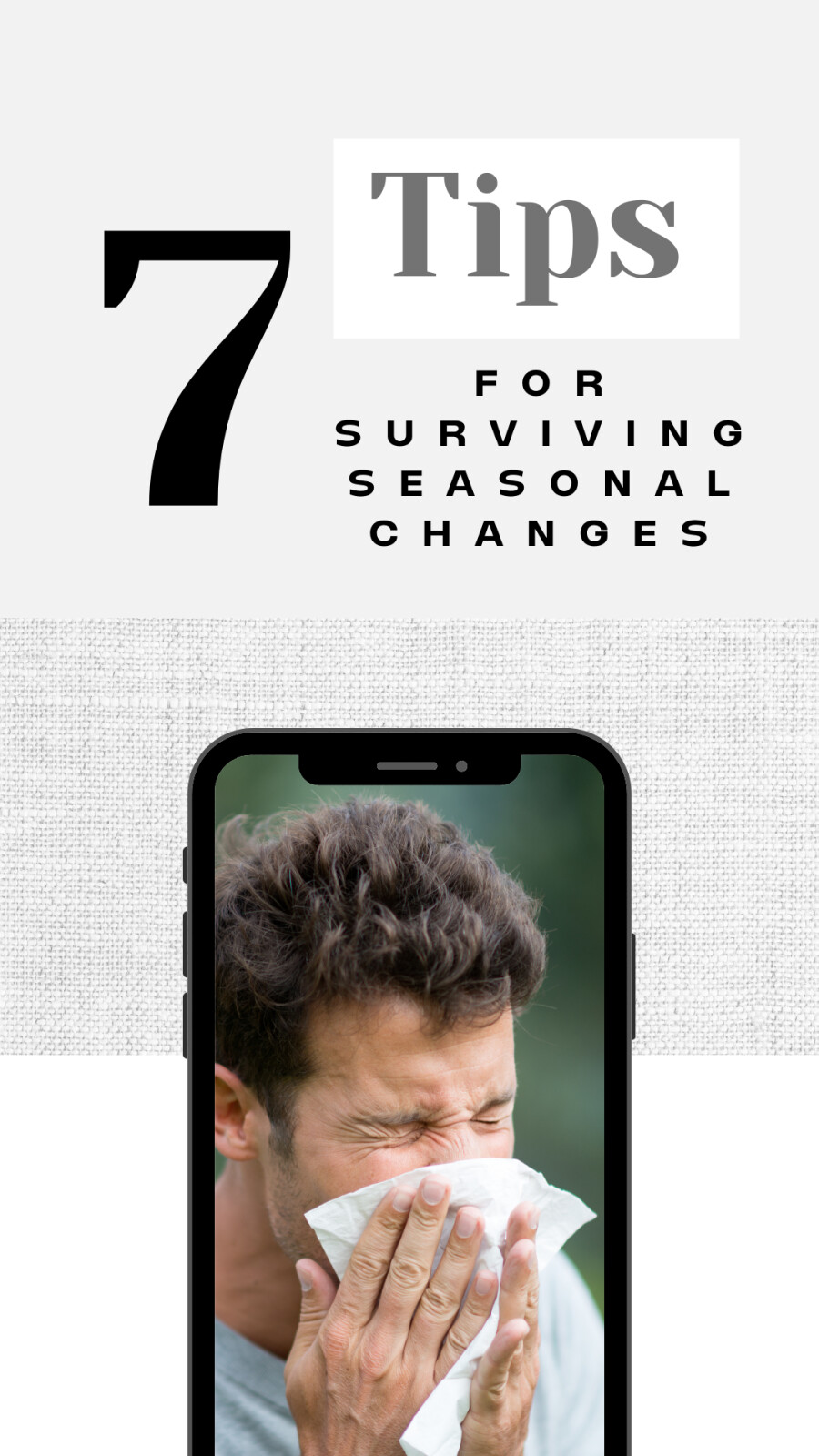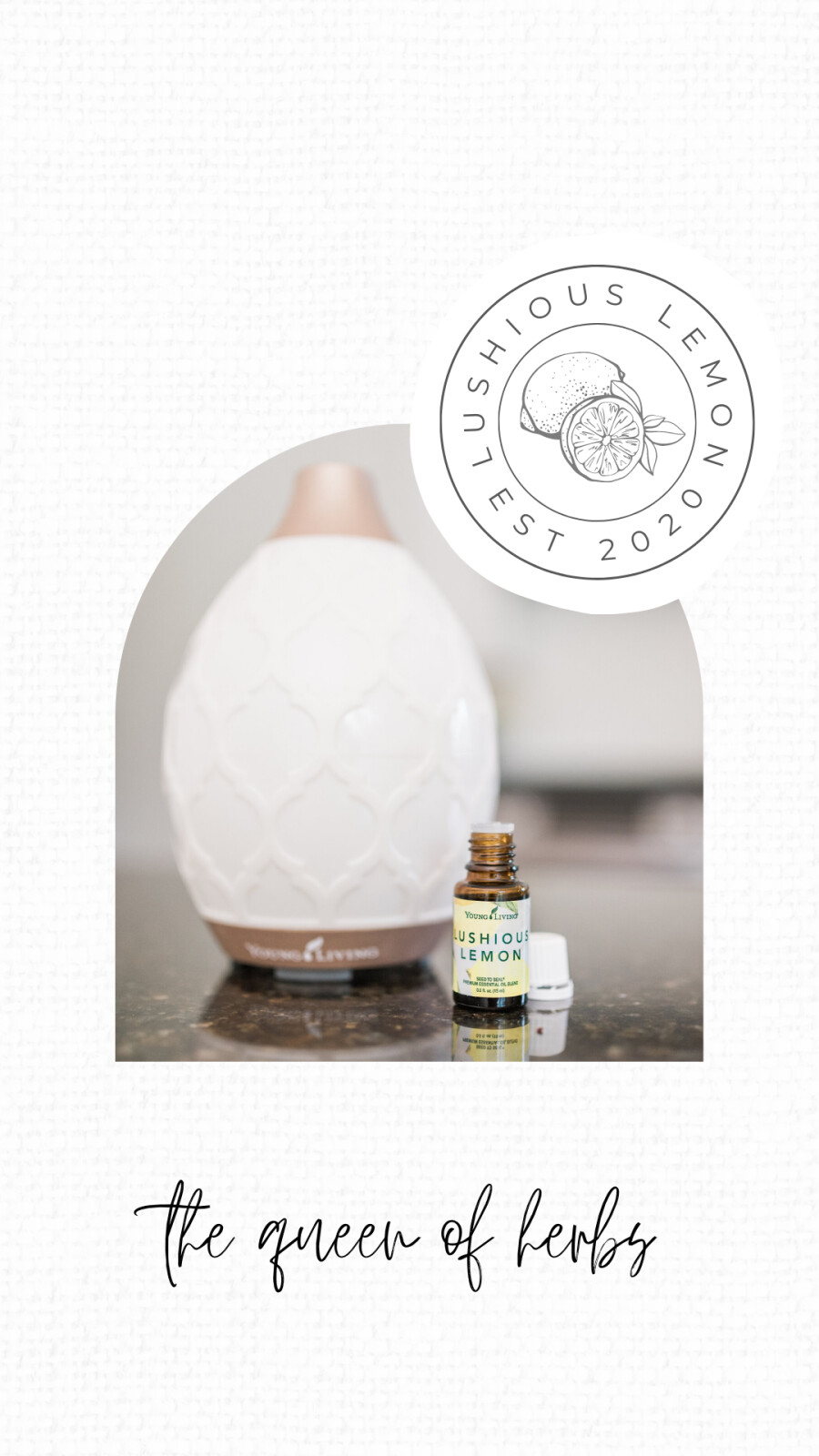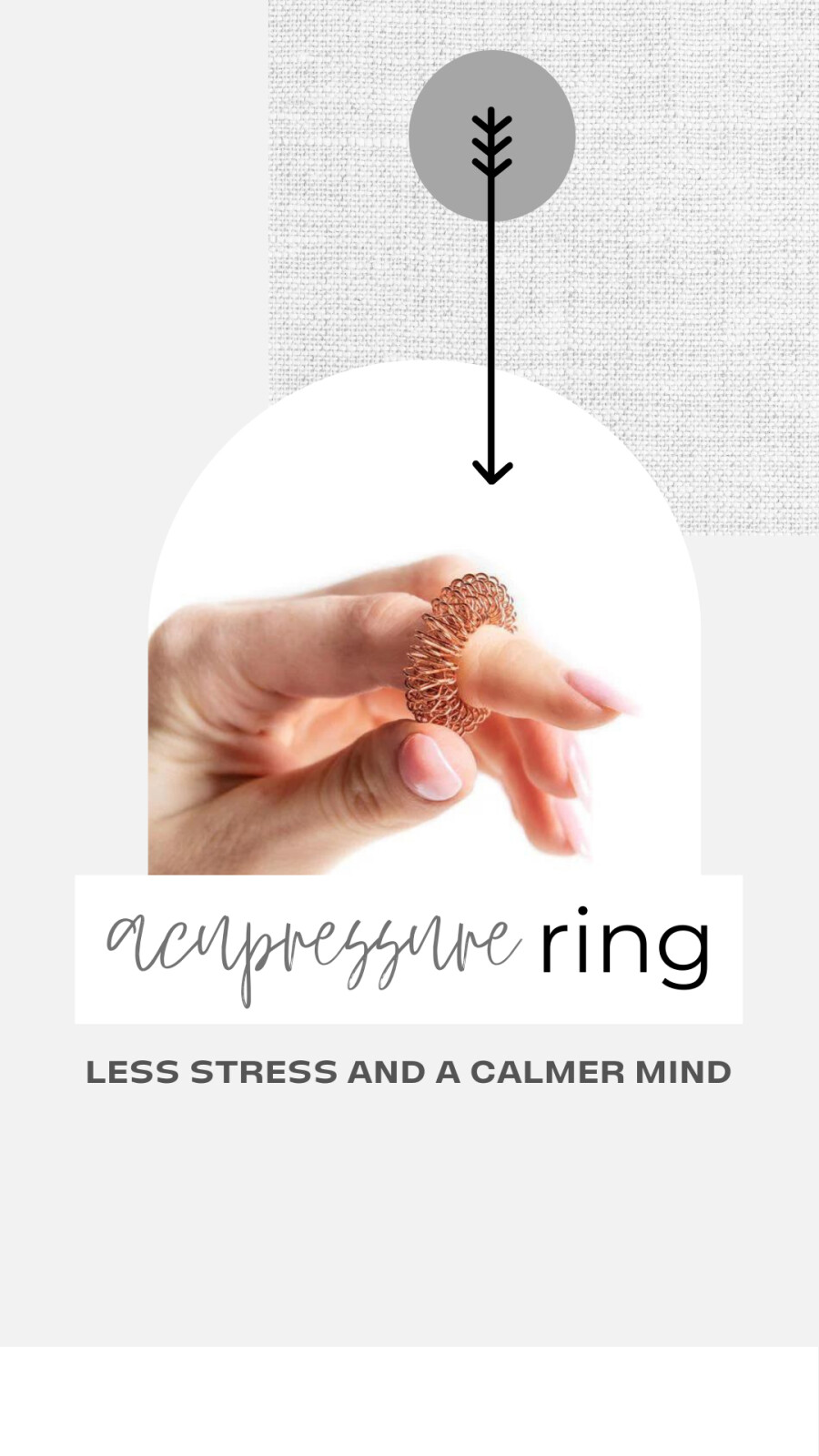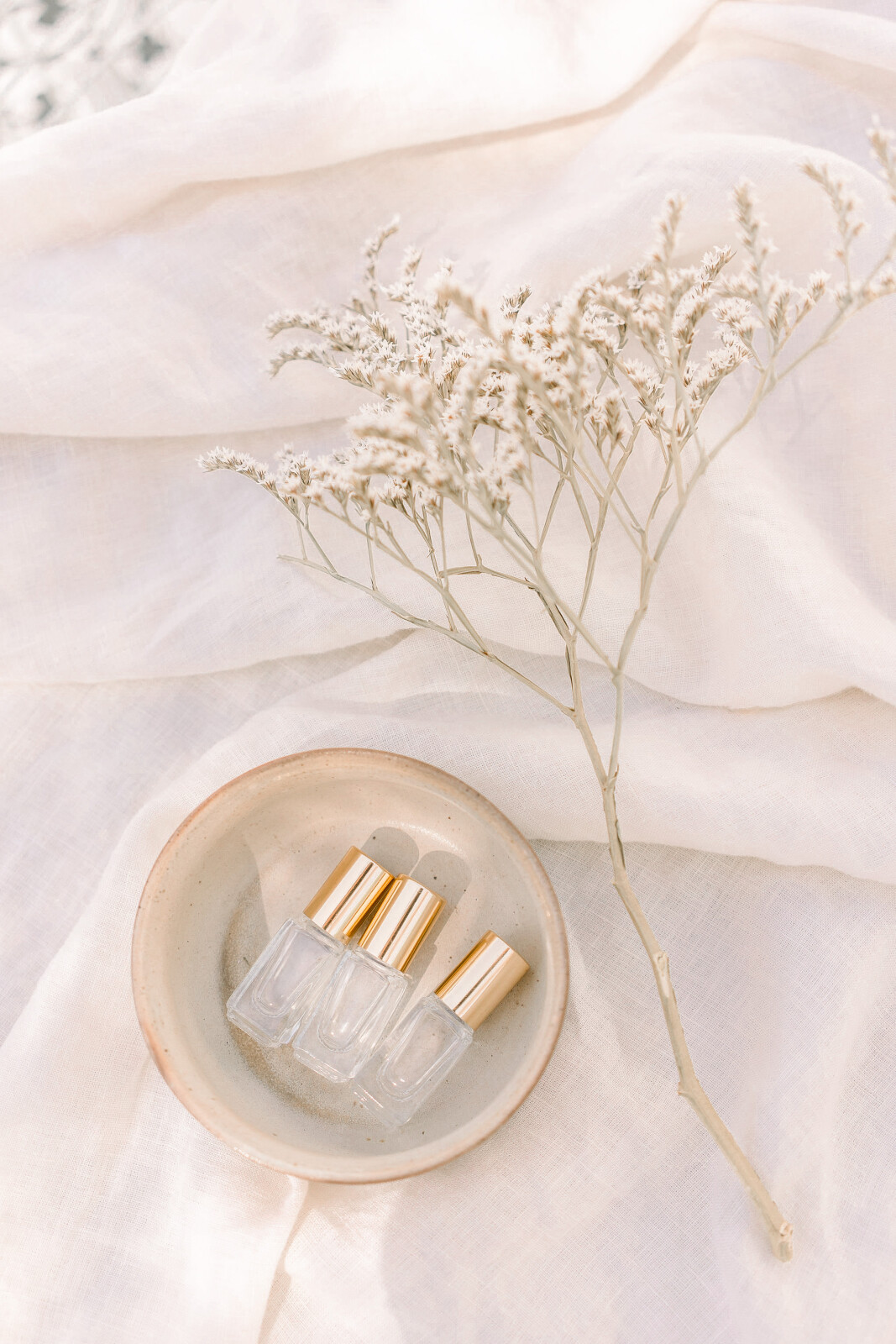As always you are an adult so please take this information and do what you feel comfortable with for your health. I have, personally, not dealt with mold, which I am aware of but will be looking more into after this, so I am just passing along what professionals have tested and learned long ago.
Trigger warning: this is a true trauma for many.
I understand that many people have dealt with the destruction and despair that mold, often silent, has caused. This entire email could trigger some very intense emotions so please keep that in mind as you are reading.
A little about mold.
Mold thrives in warm, frequently moist environments, including baths, showers, toilets, kitchens, and basements. It can also grow on wood, dirt, or paper. Mold may grow even more plentifully in humid climates or if you use a humidifier indoors. Regardless of color, all molds should be removed from buildings and homes.
Not only are mold and mildew unsightly, but they can also be seriously detrimental to your health. Mold and mildew spores are known causes of allergies, sinus infections, migraines, memory loss, developmental delays, brain fog, inflammation, joint pain, and skin irritations, to name a few.
Dr Ed Close, with a little prompting from his wife, discovered something incredible about the fight against mold. This is the information I want to spread in the hopes that it helps someone who is in this battle.
Killing Mold and Mildew Without Bleach (http://www.naturesmoldrx.com/)
By Edward R Close, PhD, and Jacquelyn A Close
Copyright © EJC Advantage LLC and Edward R Close and Jacquelyn A Close, 2018 and continuing.
Mold is no longer something we can ignore. Found almost everywhere, in wet climates and dry, and even in the most neat and clean homes, mold is ubiquitous. We have tested numerous homes that had no visible sign of mold or water damage. Yet, test results showed that super colonies of mold spores were hiding in ductwork, basements, kitchens, bathrooms, bedrooms, attics, crawl spaces, under floors, behind wallpaper, inside wall cavities, and frequently in heating and air conditioning systems, or near them. While some fungi are edible and tasty -- especially mushrooms and truffles -- the human body sees almost all mold spores as pathogens, harmful, and detrimental to overall health. The primary pathways of entry into the body are the respiratory system and the skin, but mold spores can also enter the body through the eyes and ears. And while molds affect most people to some extent, especially those with allergies, asthma, or a compromised immune system, roughly 25% of the population cannot process mold out of their body easily due to their specific genetic makeup. Living with mold long-term is dangerous for almost everyone, but especially for those who are the most vulnerable. And what do we commonly turn to if we want to get rid of mold? Bleach!
If you have ever used bleach on mold, then you know the mold comes back, and you have to bleach the same areas month after month. Bleach is what our mothers used. And it is often mistakenly accepted as the best option to prevent and eliminate mold. Still, the active ingredient in bleach will evaporate in a short time, leaving only water behind. And Water Feeds Mold. Most folks are aware today that bleach and other chemicals are harmful, often aggravating allergies and creating numerous problems for the respiratory tract. Edward R. Close, PhD, PE, says there are several problems when using any of the standard antifungal agents:
Many of these products, including bleach, are toxic chemicals that are themselves harmful to human health.
Standard antifungal agents may kill mold, but they will not rid the area entirely of mold, especially if you have porous surfaces. And standard treatments leave behind dead mold spores, which can also cause problems in the human body. But worse, because they are designed to dissipate rapidly, mold returns quickly after these treatments.
Bleach is 94-97% water. And water is the key ingredient necessary for mold growth. Most experts know that using bleach results in a rebound of mold growth, typically within as little as 24 hours.
Mold and Essential Oils...Gentle, Effective Solutions to Kill Mold
The right essential oils can kill mold and mildew without harming the individuals using them. Whether you have a musty basement or water damage, it’s never too late to start diffusing essential oils in your home to purify the air.
And EOB2 is the one essential oil that has been tested and found effective, over and over again, since 2005 - over thirteen (13) years (at the time this article was written). This therapeutic-grade essential oil is a proprietary blend of essential oils made up of Cinnamon, Clove, Rosemary, Lemon, and Eucalyptus Radiata. These are some of the most potent essential oils available to address mold, and yet, they support proper, healthy function of our human bodies. But if you have mold, you want to know you are using something practical. Right? Not just something that won't harm you. You need to know it will get rid of the mold.
Edward Close, PhD, has been an Environmental Consultant for more than 40 years. In 2005, he was asked to do third-party sampling for mold and other environmental toxins in an apartment complex that had been flooded, evacuated, and later put up for sale. The buyer, who was renovating the apartments, had already paid a different company to get rid of the mold. And that company had ripped out most of the mold-contaminated wallboard, wiped, cleaned, and fumigated everything, according to standard procedures.
Unfortunately, when Dr. Close sampled the air, it showed there was still a significant mold problem in those apartments. Ed was discussing the issue with his wife, Jacqui -- who had been using and teaching people about essential oils since 1995, and she suggested diffusing oils to see if they might work.
The whole story is in our book: Nature’s Mold Rx (like found below).
The short story is this: Dr. Close designed a test of several different oils in different apartments. The apartment where he diffused the oil blend designated EOB2 for 24 hours yielded astonishing results.
Disappearing Toxic Mold Spores:
In the first test, using a custom proprietary blend (EOB2).
Total Mold Spores were reduced from 10,447 to 208 in just 24 hours.
The Client said great! But nothing else has worked long-term. Can you come back and test to show us that this is going to do the job long-term? And it did!
In another test, Stachybotrys chartarum mold spores were reduced from:
10,677 to 13 in 72 hours diffusing
And yet another test showed:
75,000 mold spores were reduced to 0 within 72 hours of diffusing.
The most critical finding of Dr. Close’s tests was that the essential oils have a residual effect, meaning they continue eliminating mold spores for up to 3 months after diffusing. And the protocol he designed has worked every single time Dr. Close has used it since then.
The Perfect Storm Against Toxic Mold:
It’s powerful.
It’s safe. Many things may kill mold, but they are toxins themselves. EOB2 is so safe that workers can breathe it while it’s diffusing, and those who did so reported enjoying the fragrance of this oil blend immensely.
It’s long-lasting. While mold may be reduced immediately by standard remediation products, it often makes a fast comeback, usually in less than 24 hours. The EOB2 blend continues killing the mold for weeks afterward. In fact, testing has shown that mold levels are still significantly reduced from outdoor levels even 3-5 months after the initial diffusing, when The Close Protocol is followed.
Which oils were included in the blend he used?
~ Oregano
Oregano essential oil is one of the most potent essential oils. This oil has been used for centuries for cleansing and immune-enhancing benefits. Oregano essential oil, along with cinnamon, thyme, and cumin oils, inhibited the production of aflatoxin by the Aspergillus fungus. Oregano oil is a fantastic purifying agent and immune booster.
~ Thyme
Thyme essential oil is one of the primary oils suggested for mold. Thyme has been used for everything from Candida albicans to people struggling with mold infections. Thyme is a powerhouse of an oil. This oil can also have a cleansing and purifying effect on the skin.
~ Cinnamon
Cinnamon oil is one of the most potent oils for use in battling mold. In a test done on four essential oils, cinnamon showed the best inhibitory effect against mold growing on food. Wax papers with a 6% solution of cinnamon oil used on breads constrained mold growth by 96%. Another study by the International Journal of Food Microbiology showed that a combination of essential oils, including cinnamon oil, suppressed bacterial growth for 60 days. The study suggests that cinnamon oil could be considered an alternative to other food preservatives.
This essential oil contains strong cleansing and immune-enhancing properties as well.
~ Clove
Clove essential oil is excellent for dealing with fungal growth. Clove is a powerful antioxidant that can help ward off free radicals and maintain a healthy immune system. Cloves are derived from an evergreen tree native to Indonesia. The flower buds are often used as a spice. The essential oil of clove has been used medicinally in Chinese and Indian medicine and herbalism as a painkiller for dentistry.
The famous Aspergillus niger (also known as black mold) is especially sensitive to clove oil. This suggests promising effectiveness in cleaning molds on hard (non-porous) surfaces. Cloves have been shown to put an end to Candida growth in the mouth and intestine. A study found that clove “had a fast killing effect on yeast cells.”
~ Tea Tree
Another helpful essential oil, this oil can be an effective source for naturally treating minor mold issues on surfaces and fabrics. Tea tree essential oil is a potent natural anti-fungal that is often used in nontoxic cleaning solutions, and can also be beneficial in dealing with mold and mildew smells.
If you need to kill mold or mildew on clothing or to eliminate a musty odor, simply add a few drops of tea tree oil to the wash cycle. This will also help kill mildew buildup in the washer and can be used to rinse and refresh clothing that was left in the machine too long.
If you have a small mold area to clean, you can mix 1 tsp of tea tree oil with 1 cup of water and put it in a spray bottle. Once you have determined that the mold contamination is safe to clean yourself, you can spray this formula on the problem area, let it soak for a while, and then carefully wipe it clean. If you are cleaning a porous surface, you may not want to dilute with water, as this may feed the mold growth. Test a small area to make sure it does not damage the item. This should kill most spores and prevent the mold from returning. If you have a water issue or leak, you will want to make sure to get it fixed so that you do not have the same issue return.
young
I was blown away the more I researched. Do not stop here. Do your own research. Check websites such as pubmed.org, preprints.org, Google Scholar, or journals.sagepub.com. These are all websites with an abundance of scientific data sharing the power of plants, plants that you have access to.
Thankfully, I have a blend that will take care of all of this in one bottle. Drop a comment below and let me know you would like more inf,o and I will send it your way.









0 Comments